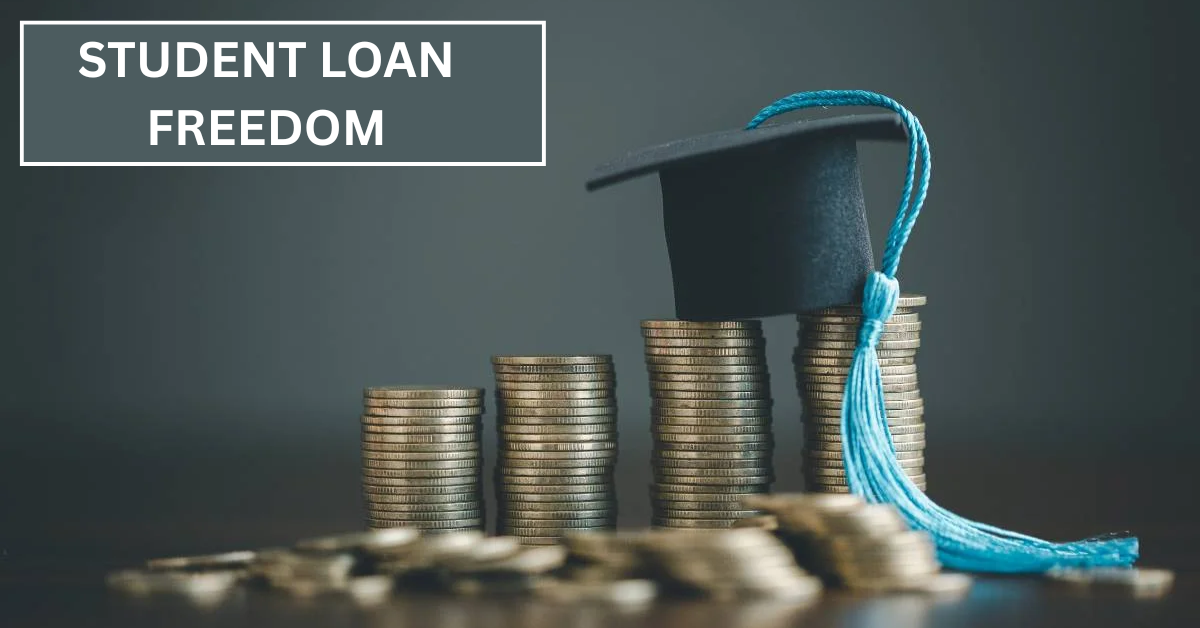Student loans can feel overwhelming, especially when you’re starting your career and trying to manage finances wisely. Luckily, the Public Service Loan Forgiveness (PSLF) program offers hope for those working in government or nonprofit sectors. This program allows eligible borrowers to have their remaining student loan balance forgiven after making 120 qualifying payments under an income-driven repayment plan.
Understanding PSLF can be a game-changer for recent graduates or anyone with federal student loans. If you work full-time for a government agency or a qualifying 501(c)(3) nonprofit, PSLF could help you clear your student debt faster. Let’s look closely at what PSLF is, who qualifies for it, and how recent changes like the TEPSLF waiver can benefit you.
What is Public Service Loan Forgiveness (PSLF)?
This Article Includes
PSLF is a federal program designed to forgive the outstanding balance on Direct Loans after you make 120 on-time monthly payments while working full-time for a qualifying employer. These payments must be made under an income-driven repayment (IDR) plan, which adjusts your monthly payment based on your income and family size.
The goal of PSLF is to encourage people to pursue public service jobs, which may not always offer high salaries but provide immense value to society. After making these 120 payments—equivalent to 10 years of continuous, eligible payments—any remaining loan amount is forgiven, and you no longer need to repay it.
Who Qualifies for PSLF?
To qualify for PSLF, you must meet the following criteria:
- You have federal Direct Loans (or consolidate other federal loans into a Direct Loan).
- You work full-time for a government organization, including federal, state, local, or tribal agencies.
- You work full-time for a qualifying 501(c)(3) nonprofit organization.
- You make 120 qualifying monthly payments on your Direct Loans while working full-time for one or more qualifying employers.
- Your payments must be on an income-driven repayment (IDR) plan or the standard 10-year repayment plan.
Working for a qualifying employer is crucial. Jobs in education, public health, public safety, and other public services often qualify. However, working for a for-profit company or certain nonprofits that are not classified under 501(c)(3) will not make you eligible for PSLF.
What Counts as a Qualifying Payment?
Only payments made after October 1, 2007, count toward the 120 payments. These payments must be full, on-time, and for the right repayment plan (IDR or 10-year standard). Partial or late payments don’t count. Each qualifying payment must be made while you are employed full-time by a qualifying employer.
It’s important to certify your employment regularly by submitting the PSLF Employment Certification Form to the Department of Education. This helps track your progress and catch any issues early.
What is the TEPSLF Waiver and How Does It Help?
Some borrowers were ineligible for PSLF because their payments did not meet all the program’s requirements, especially those who had loans on repayment plans other than the required IDR or standard plans. To help these borrowers, the Temporary Expanded Public Service Loan Forgiveness (TEPSLF) waiver was introduced.
The TEPSLF waiver allows certain past payments that were previously ineligible to count toward PSLF, as long as you meet other criteria. This waiver applies to payments made before October 31, 2025. This temporary relief is great news for borrowers who missed out on forgiveness due to technicalities.
How to Apply for PSLF and Make the Most of It
Start by verifying your loans are Direct Loans. If you have other federal loans, consider consolidating them through a Direct Consolidation Loan to become eligible. Then, enroll in an income-driven repayment plan to reduce monthly payments and ensure payment qualification.
Next, submit the Employment Certification Form yearly or whenever you change employers. This form confirms your job meets PSLF criteria and keeps your payment count accurate. When you reach 120 qualifying payments, submit the PSLF application to request loan forgiveness.
Why Younger Borrowers Should Pay Attention to PSLF
For young professionals, student loan debt can feel like an anchor. PSLF offers a path to freedom by rewarding public service work. It encourages pursuing meaningful careers even if salaries are modest. By understanding PSLF early, young borrowers can plan their repayment strategies around forgiveness goals, reducing stress and financial burden.
Also, the TEPSLF waiver ensures that past mistakes or confusion about repayment plans don’t unfairly prevent forgiveness. This is an excellent time for young borrowers to check their loan status and see if they qualify for benefits they might have missed.
Conclusion: Is PSLF Right for You?
If you have federal student loans and work in government or certain nonprofit sectors, PSLF could be an excellent option to manage debt. It offers a real chance to eliminate student loan balances after 10 years of dedicated service and on-time payments. The program requires careful planning and regular certification, but the financial relief it provides makes it worthwhile.
With the TEPSLF waiver extending benefits to previously ineligible payments until October 2025, more borrowers have hope than ever before. Check your loan status, your employer’s qualification, and consider enrolling in an income-driven repayment plan to start working toward loan forgiveness today.






